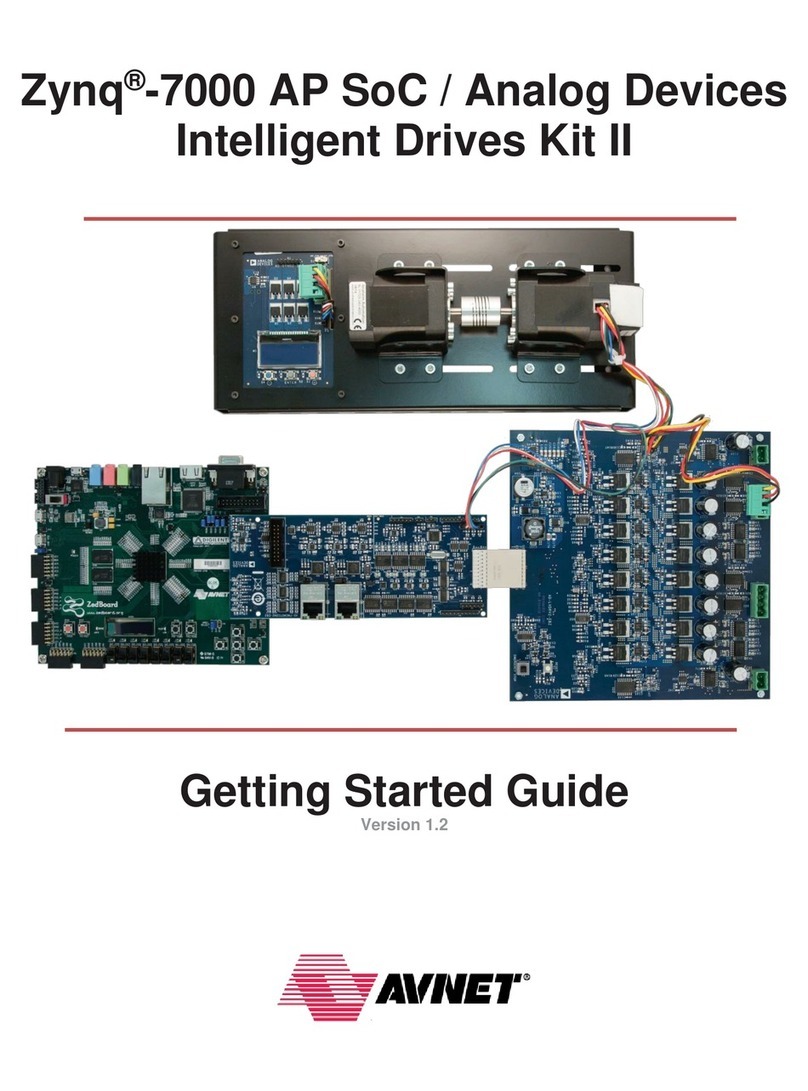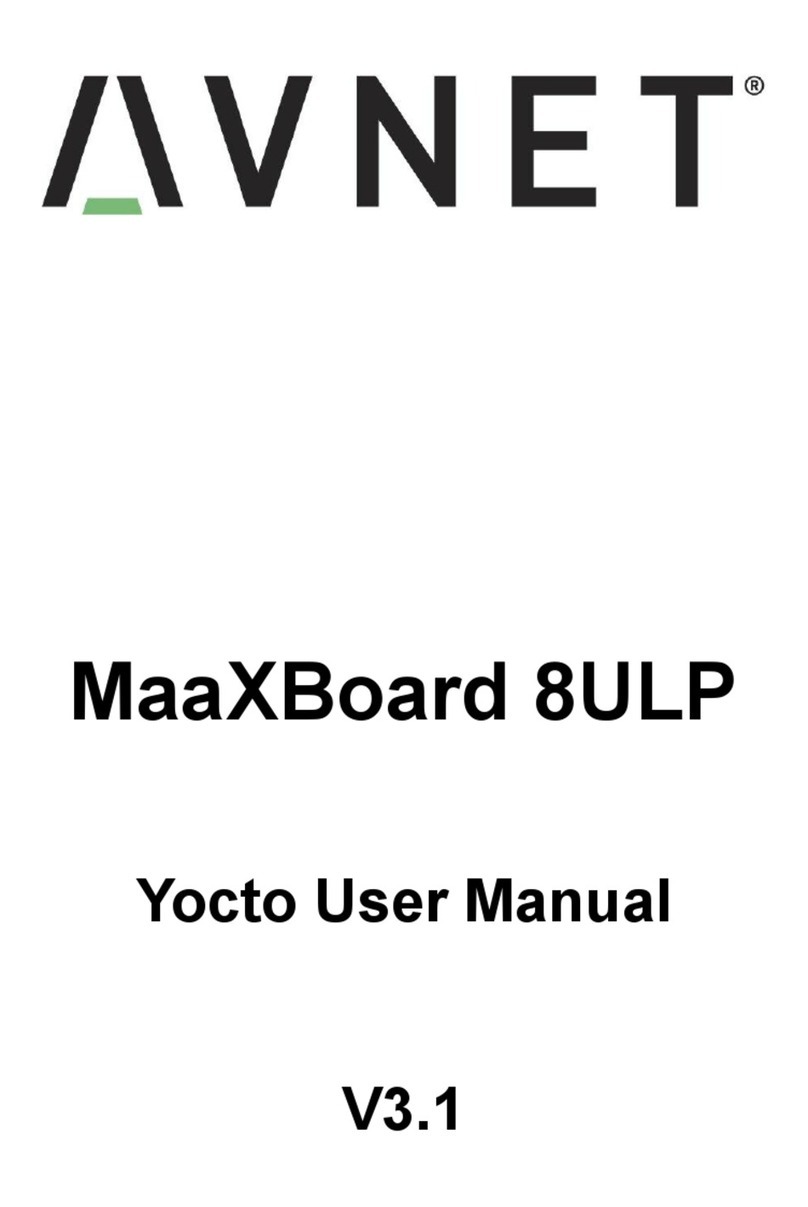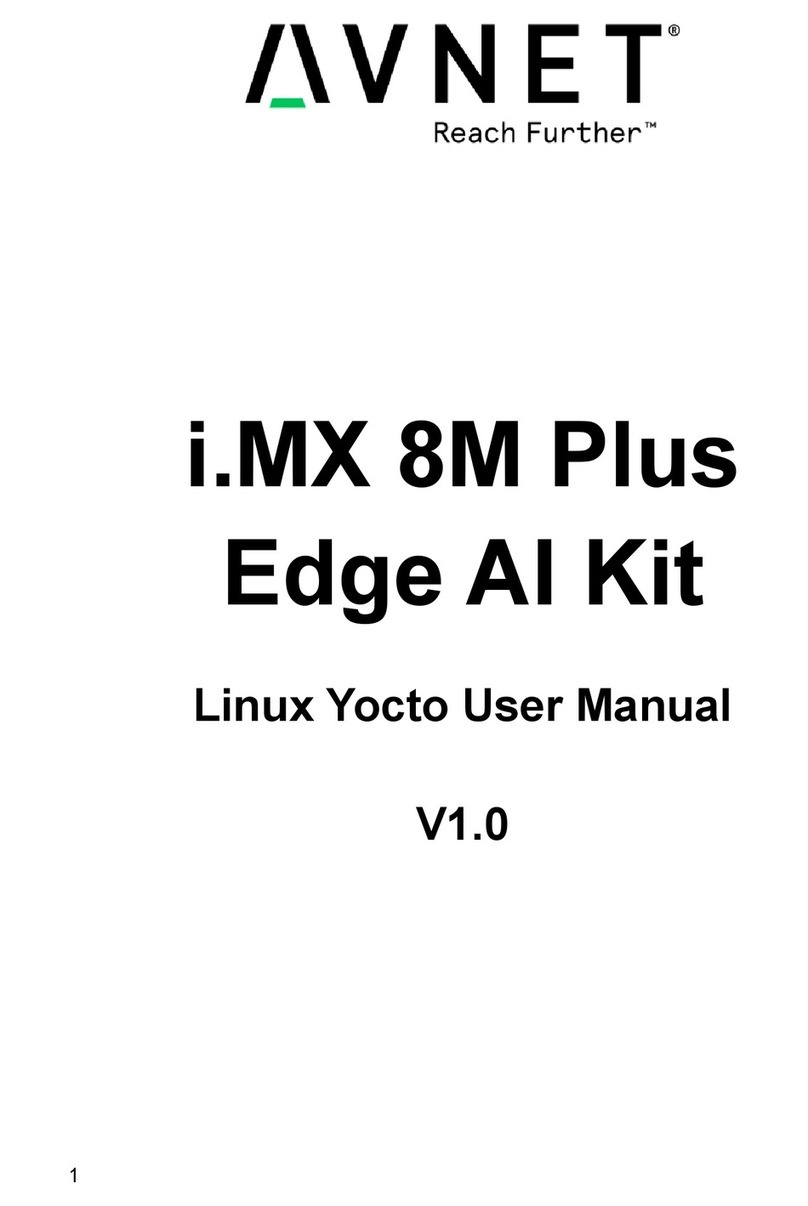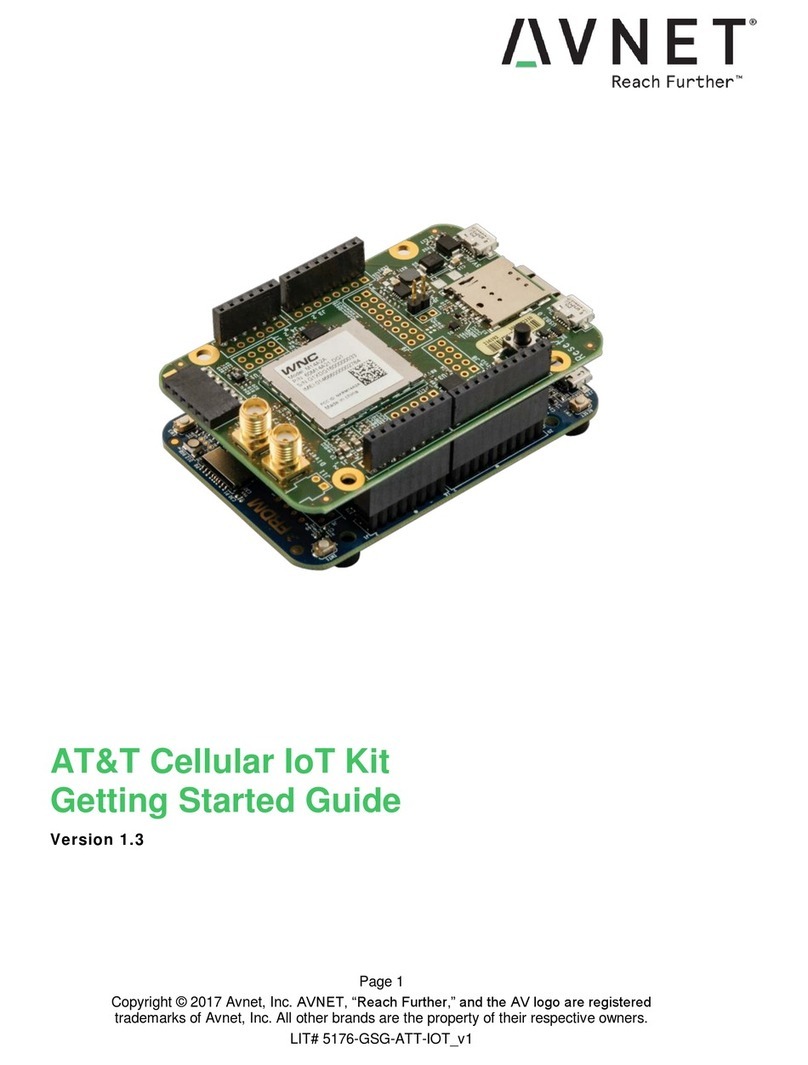
Contents
Reference Documents.................................................................................................7
Terminology.................................................................................................................8
Introduction .........................................................................................................10
Block Diagram and Features...............................................................................11
List of Features ...................................................................................................................... 11
MiniZed Block Diagram.......................................................................................................... 12
Functional Description.........................................................................................13
Zynq 7Z007S SoC ................................................................................................................. 13
SoC IC Package..............................................................................................14
Device configuration........................................................................................14
Debug interface ...............................................................................................15
I/O Levels........................................................................................................15
Power Banks ...................................................................................................16
Storage................................................................................................................................... 17
Micron DDR3L memory ...................................................................................17
Micron QSPI flash memory..............................................................................17
Micron on-board eMMC memory .....................................................................17
External SD card .............................................................................................18
Power Supply......................................................................................................................... 19
Power requirements.........................................................................................19
Optional external power supply - AES-ACC-MINIZ-PWR.................................19
Power Tree......................................................................................................21
Module Reset ..................................................................................................22
Clocking ................................................................................................................................. 24
Wireless Radio Module.......................................................................................................... 24
Wireless Antenna.............................................................................................24
Wireless software support................................................................................24
Wireless module layout....................................................................................24
Zynq to wireless module interface....................................................................24
USB Host Interface ................................................................................................................ 25
Arduino-compatible Shield connectors .................................................................................. 25
Shield power and signal levels.........................................................................26
Shield connector layout ...................................................................................26
Arduino interface connector pin assignments...................................................27


































